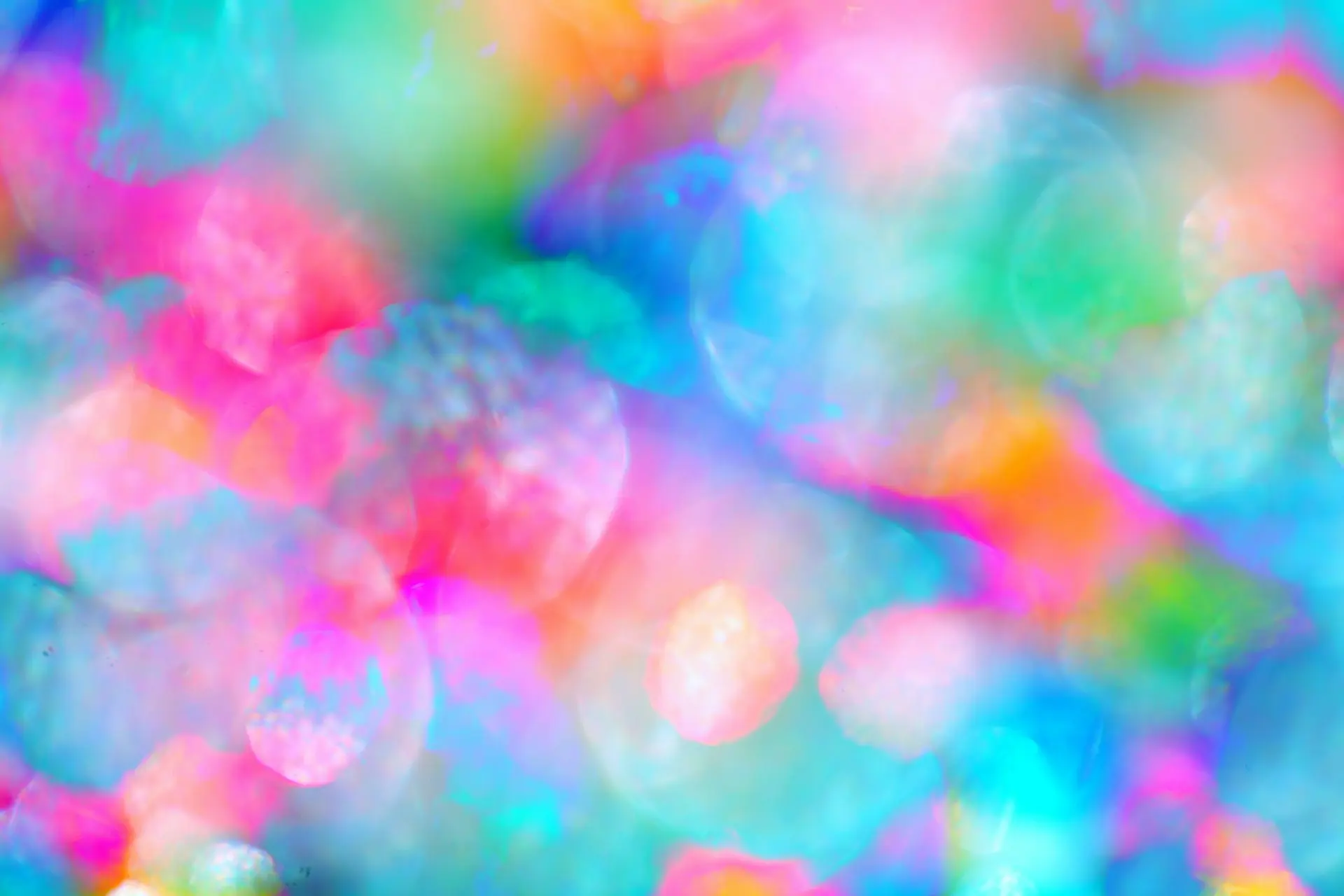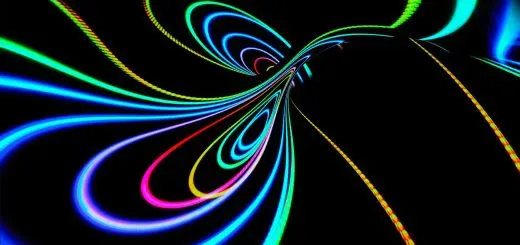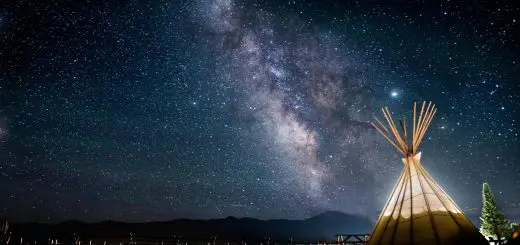Kerala Kathakali Dance: Classical Indian Dance and Masked Theater

Looking for more amazing products? Check out our online store and explore our collection here! Happy shopping!
Before diving in, please note: This post is for informational purposes only. If you’d like to know more about how we approach topics, feel free to check out our friendly Disclaimer Page.
Hey there, amazing readers! 
We’re committed to delivering quality posts, and your support (even just sticking around despite the ads) means everything to us. So, bear with us, and thanks for helping us keep the good vibes rolling. Now, on to the fun stuff!
TRANSLATE BUTTON AT THE END OF THE ARTICLE
Introduction to Kerala Kathakali Dance
Kathakali is a traditional dance form that originated in the southern Indian state of Kerala.
Combining dance, music, elaborate costumes, and intricate makeup, Kathakali is a vibrant and captivating art form that has been performed for centuries.
The word "Kathakali" is derived from the Malayalam words "katha" (story) and "kali" (performance), reflecting the storytelling aspect of this dance.
Kathakali performances typically depict stories from Hindu epics like the Ramayana and the Mahabharata, as well as other ancient texts.
The dancers use exaggerated facial expressions, intricate hand gestures, and rhythmic footwork to bring these stories to life on stage.
The vibrant costumes, elaborate makeup, and striking masks worn by the performers add to the visual spectacle of Kathakali.
Origins and History of Kathakali
Kathakali has its roots in ancient temple rituals and folk dances of Kerala.
It evolved into its present form in the 17th century, when it was formalized as a classical dance form.
The art of Kathakali was traditionally passed down from generation to generation through oral tradition and rigorous training.
Over the centuries, Kathakali has gained widespread popularity both in India and around the world, attracting audiences with its rich storytelling, vibrant costumes, and mesmerizing performances.
Today, Kathakali is recognized as one of the most iconic dance forms in India, preserving the cultural heritage of Kerala.
Elements of Kathakali Dance
Kathakali is known for its unique blend of dance, music, and drama.
The dance movements in Kathakali are characterized by intricate footwork, graceful gestures, and expressive facial expressions.
Each movement is carefully choreographed to convey specific emotions and narratives to the audience.
The music in Kathakali plays a crucial role in enhancing the storytelling element of the performance.
Traditional Kerala percussion instruments like the chenda (drum) and the maddalam (barrel drum) are used to create a rhythmic accompaniment to the dancers’ movements.
The melodic vocalizations, known as sargam, further enrich the musical experience of Kathakali.
Meaning and Symbolism of the Masks
One of the most distinctive features of Kathakali is the use of elaborate masks to portray different characters.
These masks are meticulously crafted and painted to represent various deities, demons, heroes, and heroines from Indian mythology.
Each mask conveys specific emotions and traits, allowing the audience to easily identify the character being portrayed.
The masks in Kathakali serve as a visual aid to the audience, helping them navigate the complexities of the story being performed.
The colors, shapes, and expressions of the masks are carefully designed to enhance the overall impact of the performance.
Through the masks, the dancers can embody larger-than-life characters and transport the audience into the realm of ancient Indian epics.
Training and Technique in Kathakali
Training in Kathakali is a rigorous process that requires years of dedication and discipline.
Aspiring dancers, known as kalari, undergo extensive training in classical Indian dance techniques, martial arts, and yoga to master the art of Kathakali.
They also learn the intricate hand gestures, facial expressions, and body movements that are essential for conveying emotions on stage.
The training in Kathakali is tailored towards developing a strong physical and emotional presence on stage.
Dancers are taught how to control their breath, posture, and movements to convey a wide range of emotions to the audience.
This meticulous attention to detail is what sets Kathakali apart as a classical Indian dance form.
Costumes and Makeup in Kathakali
The costumes and makeup in Kathakali are an integral part of the performance, enhancing the visual appeal of the dance.
Discover "The Traveler’s Guide: Your Ultimate Companion for Every Adventure
"
The elaborate costumes are made of vibrant fabrics and adorned with intricate jewelry and ornaments.
Each costume is tailored to the character being portrayed, whether it is a noble prince, a fierce warrior, or a mischievous demon.
The makeup in Kathakali is equally elaborate, with vibrant colors and intricate designs used to transform the dancers into their respective characters.
The process of applying makeup, known as chutti, can take several hours to complete.
The use of bold colors, exaggerated features, and symbolic patterns helps the audience distinguish between different characters and their moral qualities.
Music and Instruments in Kathakali
Music plays a vital role in Kathakali performances, setting the mood and rhythm for the dancers.
Traditional Kerala percussion instruments like the chenda, maddalam, and idakka (hourglass drum) are used to create a dynamic and rhythmic accompaniment to the dance movements.
The musicians also play the chengila (gong) to signal transitions in the performance.
The vocal music in Kathakali is sung in the classical Carnatic style, with improvised melodies and rhythmic patterns.
The singers use a combination of solfege syllables and lyrics from ancient texts to enhance the storytelling aspect of the performance.
The music, along with the percussion instruments, creates a rich and vibrant sonic landscape that complements the visual spectacle of Kathakali.
Stories and Themes in Kathakali
Kathakali performances are typically based on stories from Indian mythology and epics, such as the Ramayana, Mahabharata, and Puranas.
These stories are rich in symbolism, moral lessons, and timeless themes that resonate with audiences across cultures.
The dancers use their expressive movements, gestures, and facial expressions to bring these stories to life on stage.
The themes explored in Kathakali range from love and devotion to valor and righteousness.
Each character in the performance embodies specific virtues or vices, allowing the audience to reflect on the complexities of human nature.
Through their performances, Kathakali dancers unveil the secrets of ancient texts and unlock the timeless wisdom contained within these stories.
Importance of Kathakali in Indian Culture
Kathakali holds a special place in Indian culture as a classical dance form that embodies the essence of traditional storytelling and artistic expression.
It serves as a medium for preserving and transmitting the rich cultural heritage of Kerala to future generations.
The elaborate costumes, intricate makeup, and expressive movements of Kathakali have become synonymous with Indian classical dance.
Kathakali also plays a significant role in religious and social ceremonies in Kerala, where it is performed to invoke blessings, commemorate special occasions, and entertain audiences.
The dance form has evolved over the centuries to adapt to changing societal norms and artistic trends while retaining its core principles and aesthetics.
In this ever-evolving cultural landscape, Kathakali remains a timeless symbol of India’s artistic heritage.
Modern Interpretations of Kathakali
In recent years, Kathakali has undergone a revival and resurgence in India and abroad, attracting a new generation of dancers and audiences.
Modern interpretations of Kathakali have explored contemporary themes, experimental choreography, and innovative collaborations with other art forms.
This has breathed new life into the ancient dance tradition, keeping it relevant and engaging for contemporary audiences.
Contemporary Kathakali performances often incorporate multimedia elements, modern music, and interdisciplinary collaborations to create unique and dynamic experiences for audiences.
By blending tradition with innovation, modern interpretations of Kathakali seek to bridge the gap between the past and the present, honoring the legacy of this classical dance form while exploring new avenues of artistic expression.
Popular Kathakali Performances
Some of the most popular Kathakali performances include stories from the Ramayana, Mahabharata, and other ancient texts.
Characters like Rama, Sita, Hanuman, Arjuna, and Draupadi are frequently depicted in Kathakali performances, each with their unique costumes, makeup, and characterizations.
These iconic characters have become synonymous with the dance form, captivating audiences with their timeless stories and moral dilemmas.
Kathakali performances are often staged in traditional theater settings called koothambalams, where audiences can experience the immersive storytelling and vibrant music of the dance form.
The elaborate sets, colorful costumes, and rhythmic drumming create a mesmerizing atmosphere that transports audiences to the world of ancient Indian epics.
Popular Kathakali performances continue to draw crowds and inspire new generations of dancers to carry on the tradition.
Preserving the Tradition of Kathakali
As a classical Indian art form, Kathakali faces the challenge of preserving its rich tradition while adapting to the demands of the modern world.
Efforts are underway to promote Kathakali through cultural institutions, academies, and festivals that showcase the dance form to wider audiences.
These initiatives aim to educate the public about the history, significance, and beauty of Kathakali, encouraging a new generation of artists and enthusiasts to engage with the art form.
Preserving the tradition of Kathakali also involves passing down the knowledge and skills of the dance form to future generations.
Master dancers and gurus play a crucial role in training young artists, imparting their expertise and experience in classical Indian dance techniques.
By nurturing talent, promoting innovation, and fostering appreciation for Kathakali, the tradition of this iconic dance form can thrive and endure for generations to come.
Conclusion
In conclusion, Kerala Kathakali dance is a classical Indian art form that combines dance, music, storytelling, and visual spectacle to create a mesmerizing and immersive experience for audiences.
With its origins in ancient temple rituals and folk traditions, Kathakali has evolved into a vibrant and iconic dance form that preserves the cultural heritage of Kerala.
Through elaborate costumes, intricate makeup, expressive movements, and rhythmic music, Kathakali dancers bring to life stories from Indian mythology and epics, exploring timeless themes and moral dilemmas that resonate with audiences across cultures.
By embracing tradition, innovation, and collaboration, Kathakali continues to captivate audiences and inspire a new generation of artists to carry on the legacy of this iconic dance form.

The Enlightenment Journey is a remarkable collection of writings authored by a distinguished group of experts in the fields of spirituality, new age, and esoteric knowledge.
This anthology features a diverse assembly of well-experienced authors who bring their profound insights and credible perspectives to the forefront.
Each contributor possesses a wealth of knowledge and wisdom, making them authorities in their respective domains.
Together, they offer readers a transformative journey into the realms of spiritual growth, self-discovery, and esoteric enlightenment.
The Enlightenment Journey is a testament to the collective expertise of these luminaries, providing readers with a rich tapestry of ideas and information to illuminate their spiritual path.
Our Diverse Expertise
While our primary focus is on spirituality and esotericism, we are equally passionate about exploring a wide range of other topics and niches 

To ensure we provide the most accurate and valuable insights, we collaborate with trusted experts in their respective domains 
Our blog originally focused on spirituality and metaphysics, but we’ve since expanded to cover a wide range of niches. Don’t worry—we continue to publish a lot of articles on spirituality! Frequently visit our blog to explore our diverse content and stay tuned for more insightful reads.
Hey there, amazing reader! 
Check out our store here and take a peek at some of our featured products below! Thanks for being awesome!











